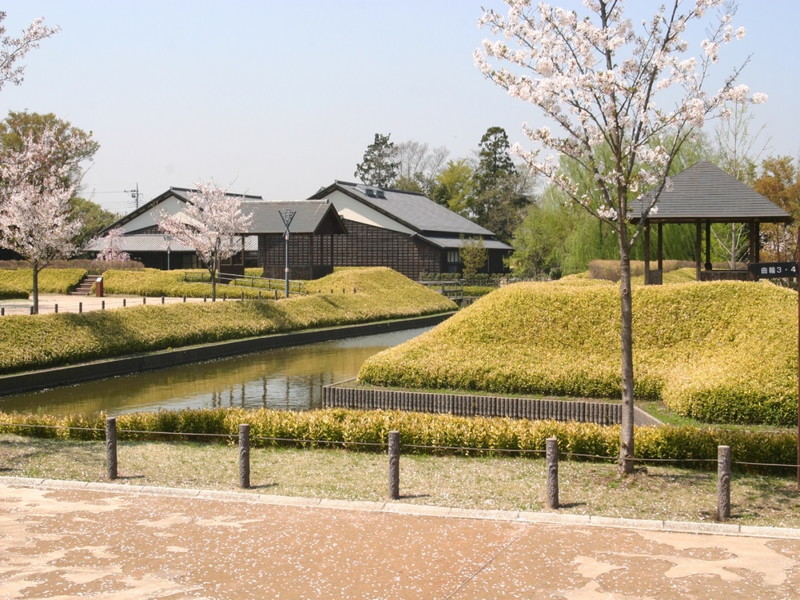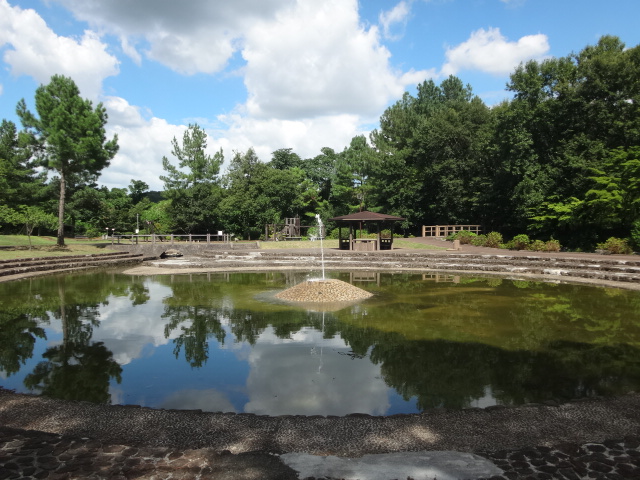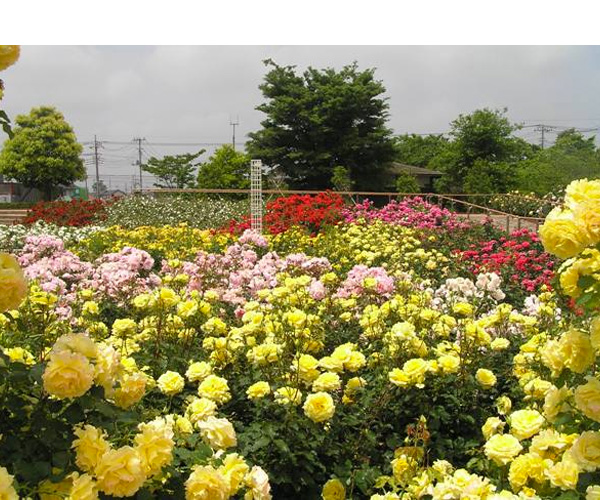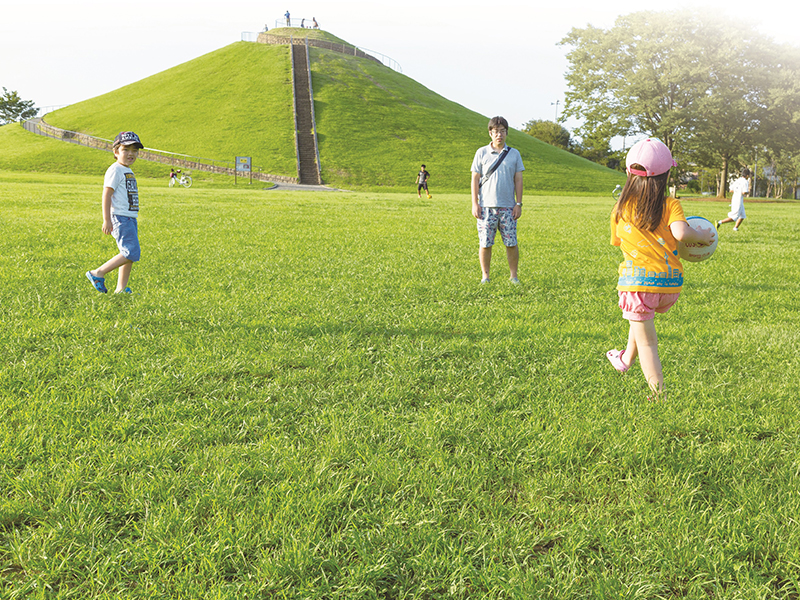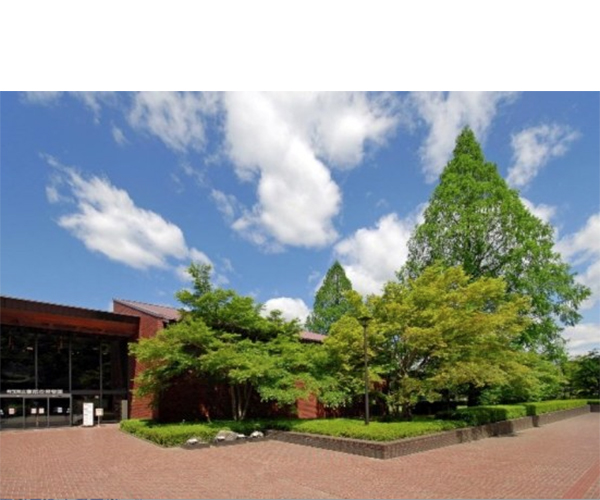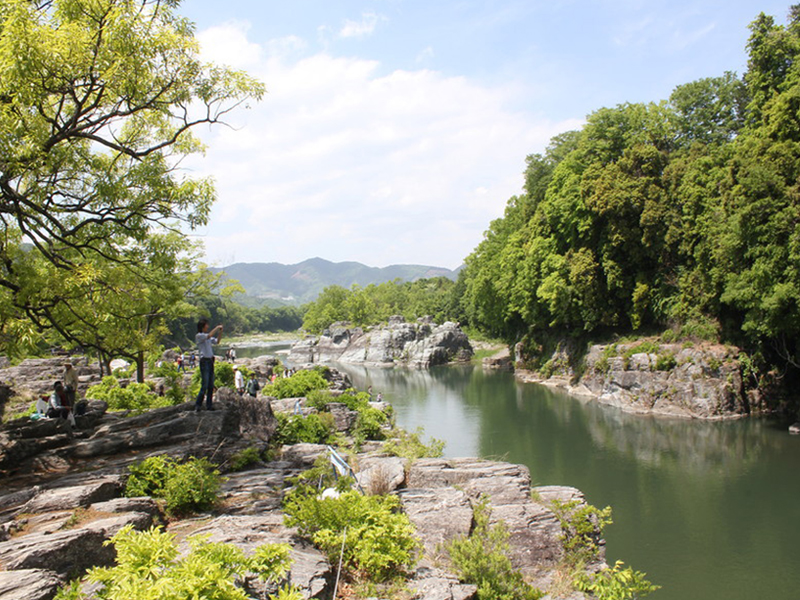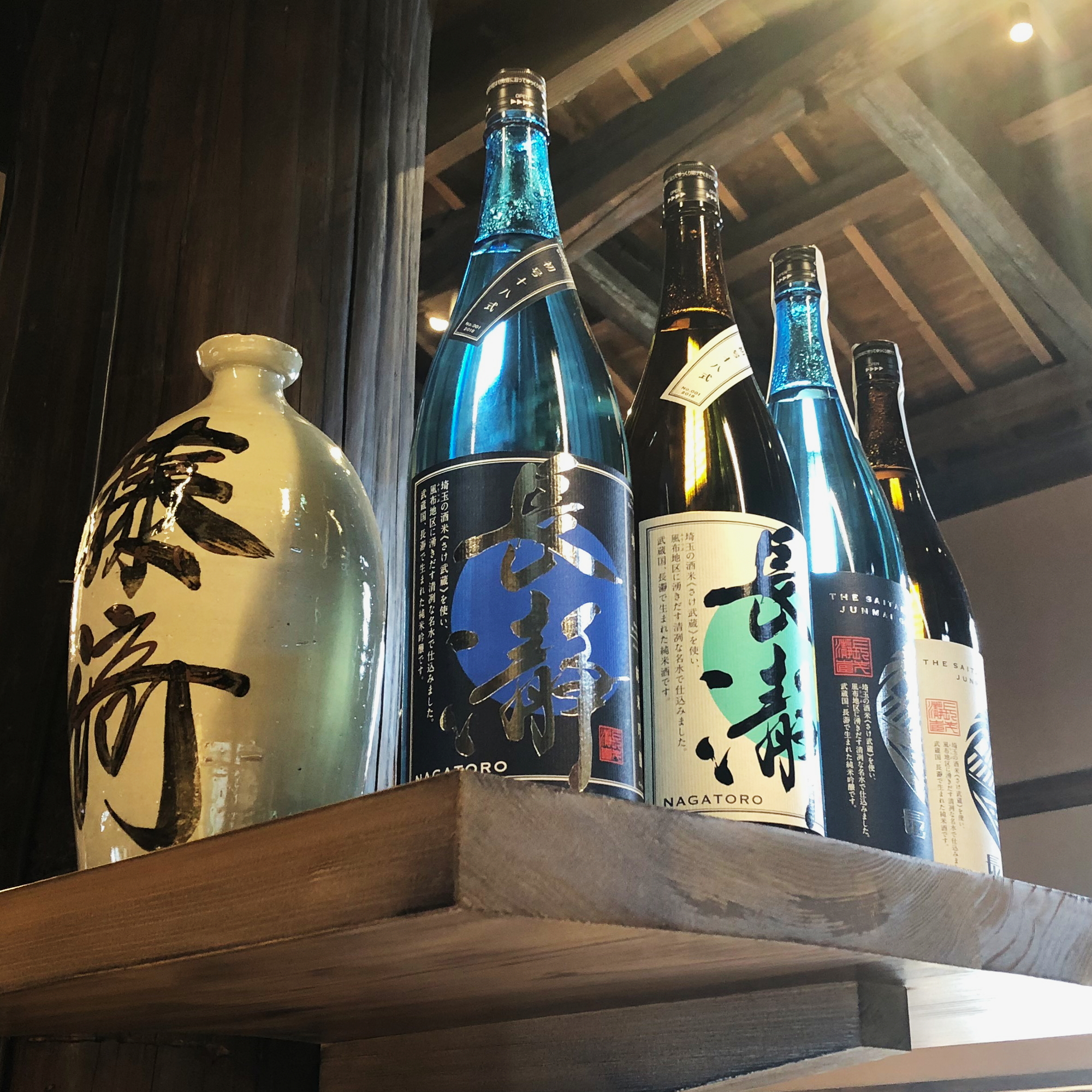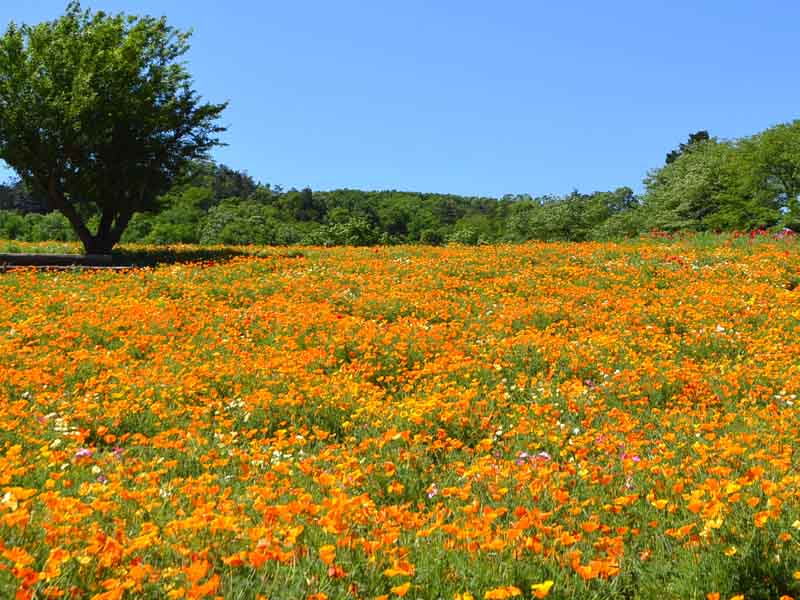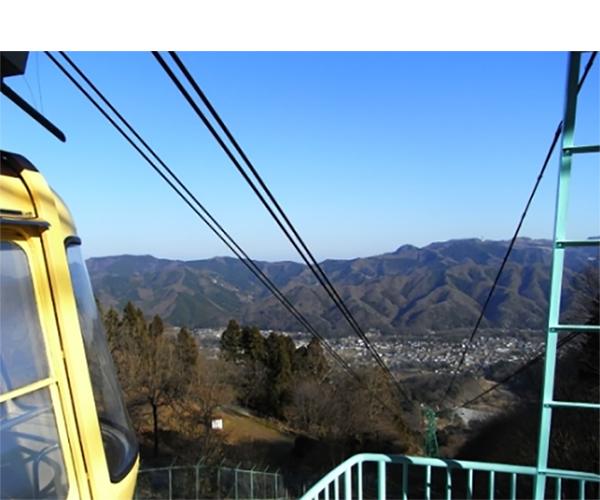Tsuki no Ishi Momiji Park
sightseeing
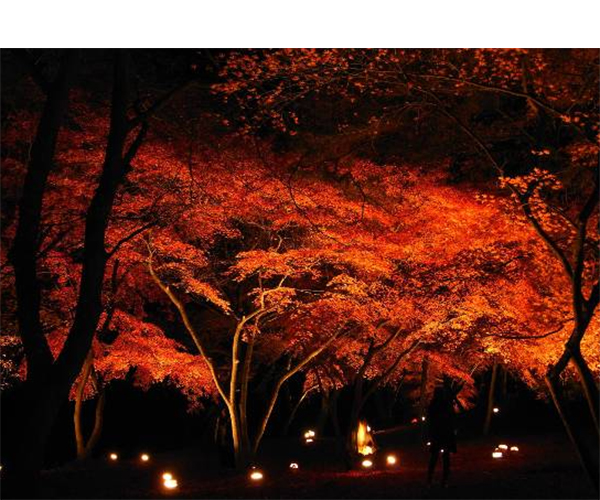
The park is named after the stone tablet on which Kyoshi Takahama wrote the haiku “Kokoniware Kuotomubeki Tsukinoishi,” and is very famous for its autumn leaves. The best time to see the autumn leaves is around November, with the illumination of around 50 acer amoenums Japanese maples. The area is very crowded during this time, especially with photography aficionados. You can enjoy the autumn leaves at the adjacent prefectural nature museum as well.
Basic Information
Location
Nagatoromachi Ooaza Nagatoro 1417-1
TEL
0494-66-3311 (Nagatoro Town Tourism Association)
FAX
0494-66-0308(Nagatoro Town Tourism Association)
Business hours / Fee
Business hours
Always open
Regular holiday
None
Fee
Free
How to get there
Public transport
Get off at “Kami-Nagatoro Station” of Chichibu Railway and walk for about 3 minutes
Get off at “Nagatoro Station” of Chichibu Railway and walk for about 15 minutes
Get off at “Nagatoro Station” of Chichibu Railway and walk for about 15 minutes
Car
About 25 minutes from "Hanazono" Interchange of Kan-Etsu Expressway en route the national route 140.
Parking
Fee: 500 yen per day

